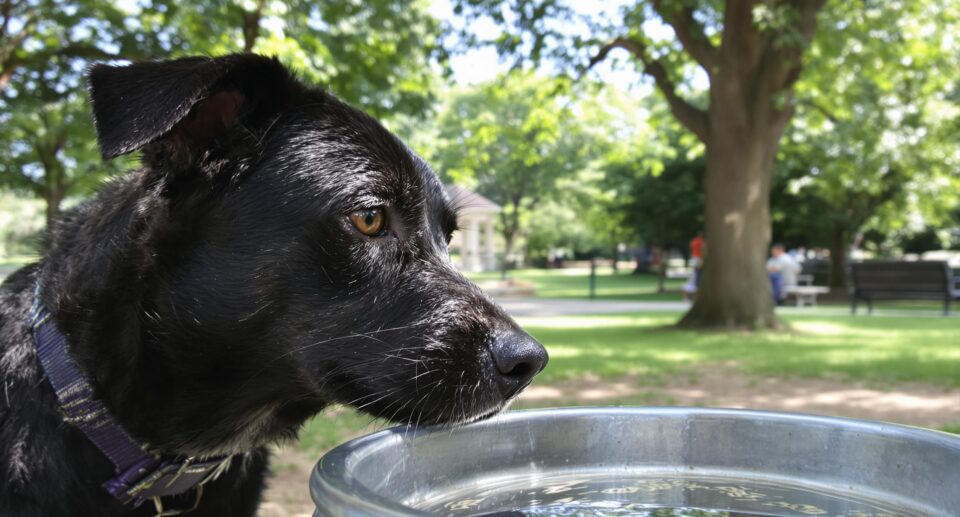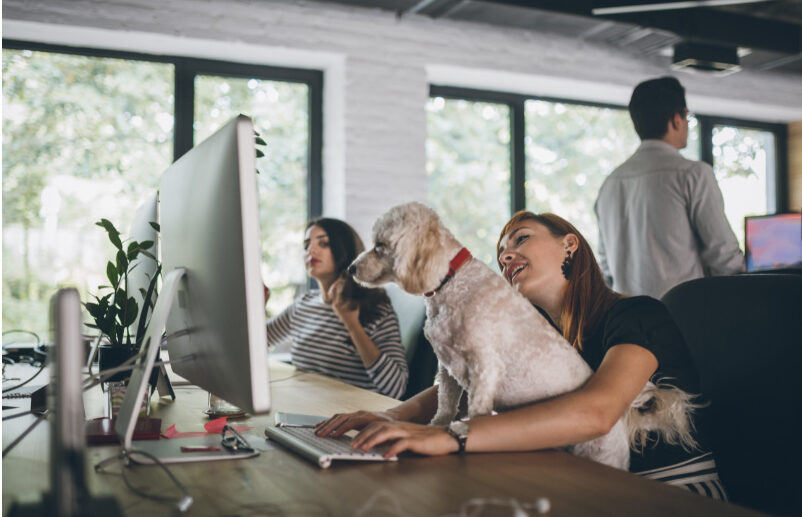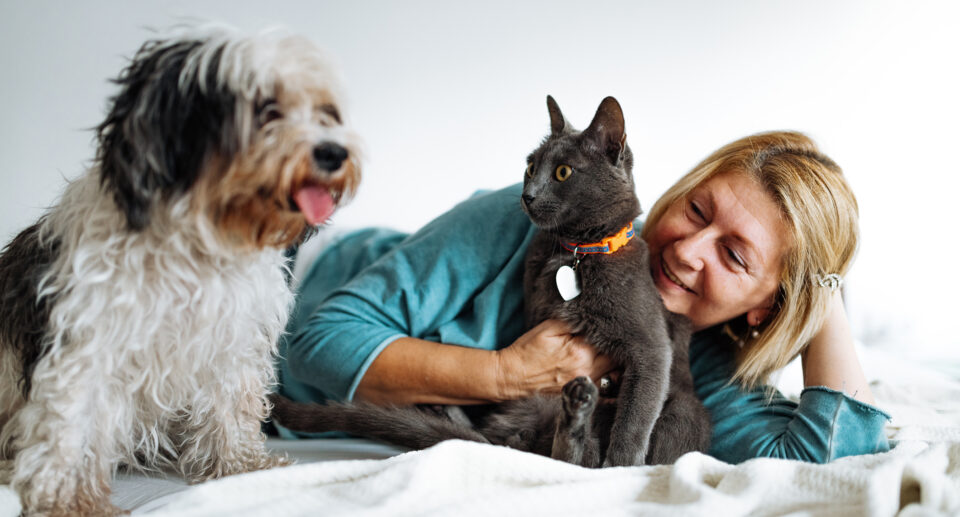Should I Let My Dog Drink From Communal Water Bowls?

After a long walk, your dog is panting and ready for a drink of water. But if you forgot their bowl, you might be wondering if it’s safe for them to use a communal water bowl. Whether you’re at a dog park or a downtown area where shops have put out water bowls, ask yourself whether you’d share an unwashed cup of water with a dozen (or more!) other people. Dogs may be less picky about sharing than humans, but that does not mean communal bowls are always safe.
What’s In That Shared Water Bowl?
The water bowls at the dog park may be rarely, if ever, cleaned and replaced. If they’re made of plastic, they most likely have micro-scratches that harbor bacteria, even if they’re rinsed out or even sanitized. As the dog park is every dog’s bathroom, every guest will inevitably get traces of urine and feces on their nose and paws, which they can then transfer to that shared water bowl when they take a drink or splash in the water. Dog feces can contain all sorts of harmful bacteria, viruses, and parasites, including e.coli,, coccidia, roundworms, whipworms, campylobacteriosis, and parvovirus, to name just a few. Even dogs that are up to date on their vaccinations and take parasite preventatives will pass harmful microorganisms. Communal water bowls left outside by friendly shopowners may be somewhat cleaner, though there’s no way to tell if it’s washed often unless you ask. Stagnant water quickly becomes a breeding ground for bacteria, and when shared by dozens of dogs throughout the day, the bowl can contain giardia, leptospirosis, or the viruses and bacteria that cause kennel cough.
What If My Dog Drinks From A Shared Water Bowl?
Even though shared water bowls are notoriously germy, it’s not usually a concern if your dog does occasionally sip from one. Just keep an eye on your dog and see your veterinarian if they develop diarrhea, vomiting, or any other unexplained symptoms. Puppies and senior dogs are at greater risk for infection because their immune system may be weaker than that of a young, healthy adult dog. If your puppy or dog is not up to date on their vaccinations, it’s best to keep them away from parks and other shared spaces until your vet clears them, usually about two weeks after their last round of shots.
Clean Water At Home
Even if your dog does not have to share their water bowl at home, they can still get sick if it’s not cleaned often enough. Any source of standing water can allow bacteria, viruses, and fungi to multiply. What’s more, saliva and biofilm, that slimy stuff at the bottom of the bowl, traps harmful microorganisms. Your dog’s water bowl should be made of stainless steel or ceramic. It should be washed daily, or at least a few times per week, and deep cleaned at least weekly. Use a bleach solution, or the top rack of your dishwasher to completely sanitize your dog’s bowls. A pet fountain with a filter can help keep your dog’s water clean, just make sure to sanitize it a few times per month.





